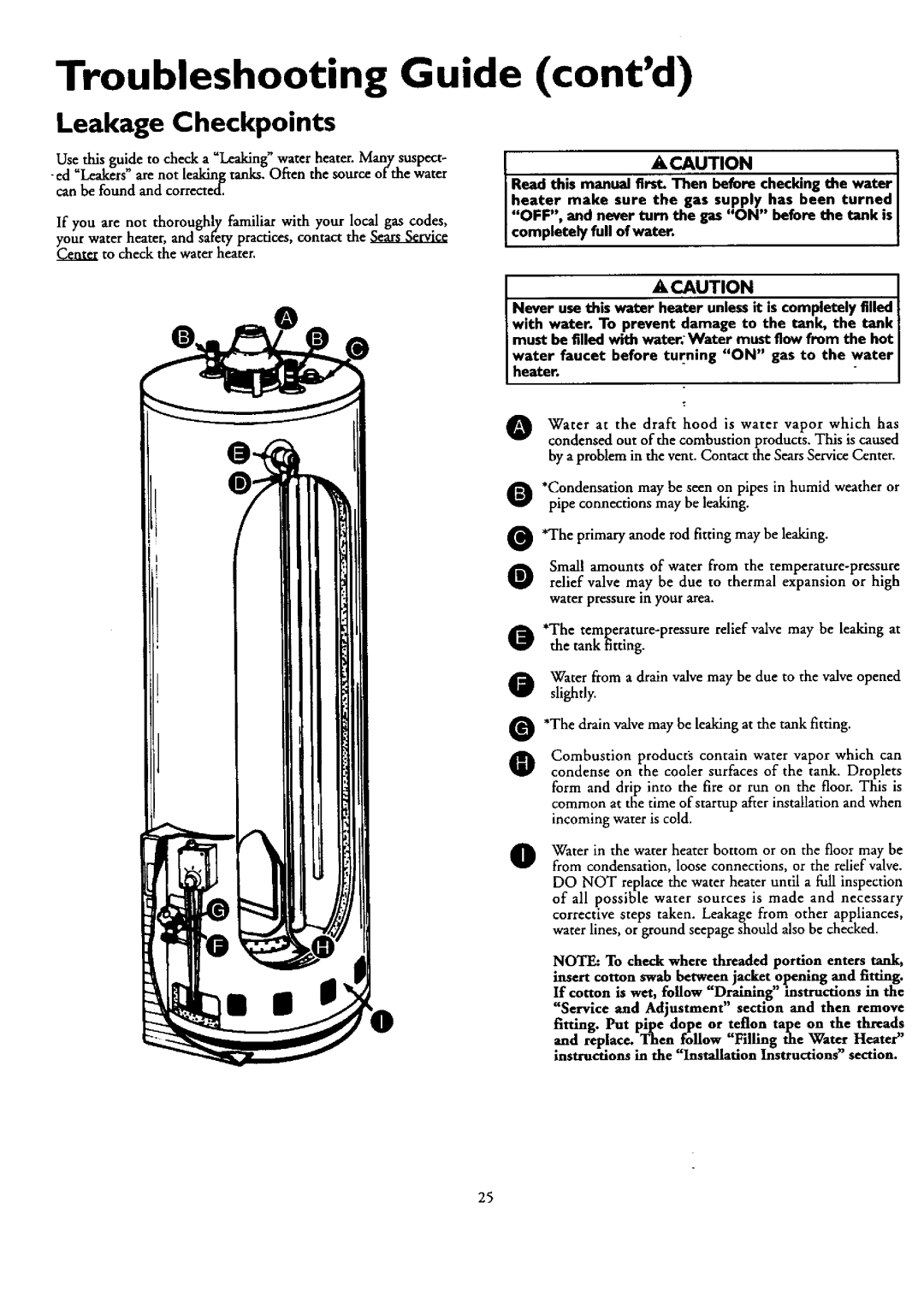153.330401 specifications
The Kenmore 153.330401 is a highly regarded air conditioner that combines efficient cooling capabilities with user-friendly features, making it an ideal choice for homeowners seeking comfort during the heat of summer. This window-mounted air conditioning unit is designed to deliver powerful cooling while also minimizing energy consumption.One of the standout features of the Kenmore 153.330401 is its impressive cooling capacity, measured at 10,000 BTU, which allows it to effectively cool spaces of up to approximately 450 square feet. This makes it suitable for medium to large rooms, such as living rooms, bedrooms, or even small office spaces. The air conditioner is equipped with multiple cooling settings, allowing users to tailor the cooling experience to their preferences.
The Kenmore 153.330401 also features an energy-saving mode that enhances its efficiency. This function helps to reduce electricity costs by automatically adjusting the cooling output based on the ambient temperature and the set preferences. The unit is ENERGY STAR certified, which ensures that it meets strict energy efficiency guidelines set by the Environmental Protection Agency.
Another notable technology integrated into the Kenmore 153.330401 is its quiet operation. This air conditioning unit is engineered to minimize noise during operation, ensuring a peaceful and comfortable environment, which is particularly valuable for bedrooms or quiet spaces. The unit also comes equipped with a remote control for added convenience, allowing users to adjust settings from across the room without having to get up.
The Kenmore 153.330401 includes adjustable air vents and a programmable timer, enabling users to set specific cooling schedules based on their daily routines. Additionally, the unit features a washable and reusable air filter, which helps to improve indoor air quality by trapping dust and allergens, and can be easily maintained for long-term performance.
In summary, the Kenmore 153.330401 air conditioner is a versatile and efficient cooling solution that offers robust performance, user-focused features, and energy-saving technologies. Whether for a living room, bedroom, or home office, this air conditioner provides a reliable option for maintaining a comfortable indoor environment during the hottest months of the year. Its combination of power, efficiency, and convenience makes it an excellent choice for any household.

